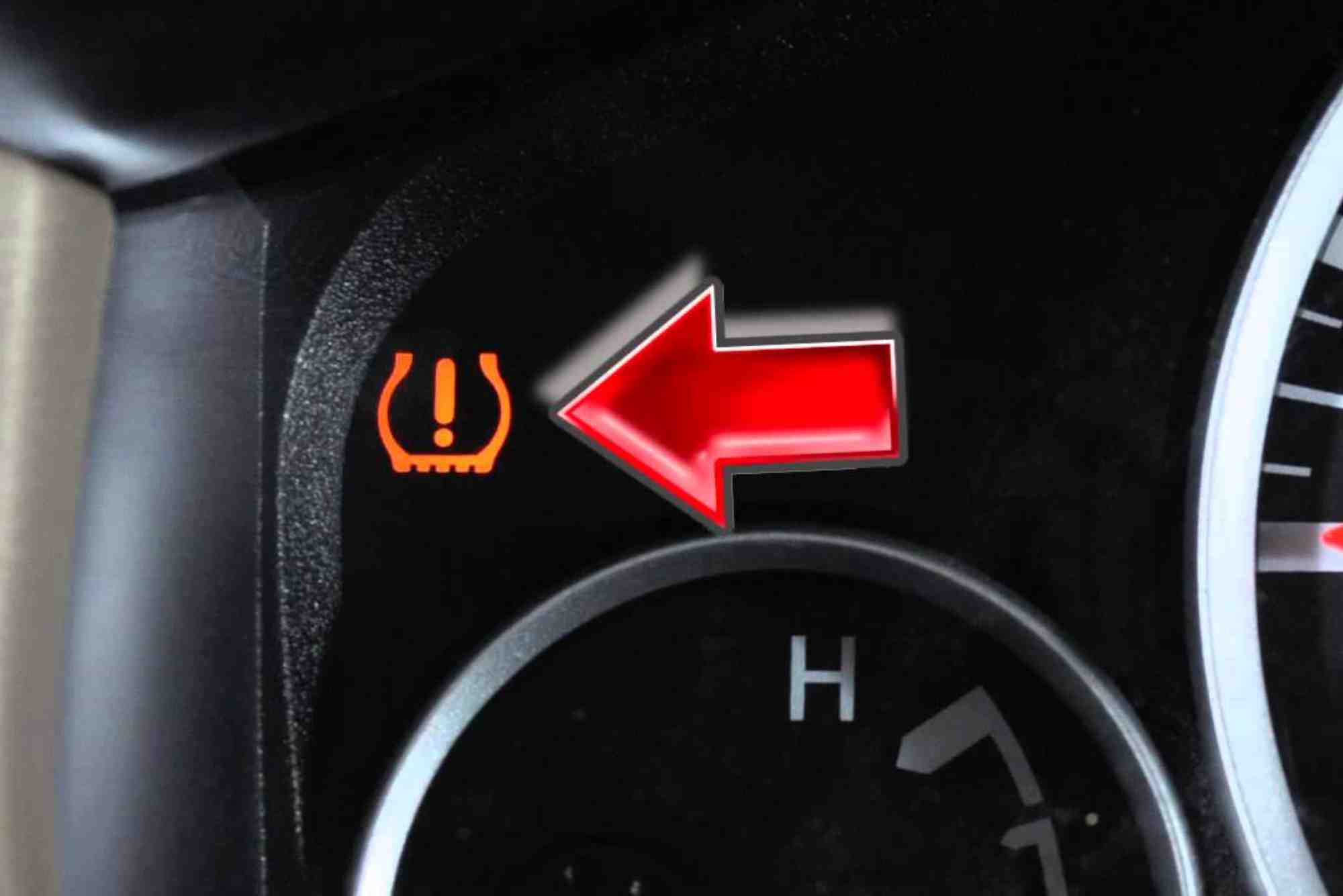Nissan Pathfinder Tire Pressure: Correct Inflation for Your SUV
Keeping the nissan pathfinder tire pressure correct is one of the cheapest ways to boost safety, fuel economy, and tire life. It also keeps your SUV’s advanced safety systems happy. In this guide, you will learn the recommended PSI ranges, how to read the door‑jamb sticker, how temperature and load change the number, how to reset the TPMS light, and which mistakes to avoid.
Why the right Nissan Pathfinder tire pressure matters
Tires are your only contact with the road. Underinflation increases heat and rolling resistance. That can lead to poor fuel economy, vague steering, and premature shoulder wear. Overinflation shrinks the contact patch and makes the ride harsh. Braking distances can grow. With the correct nissan pathfinder tire pressure, you keep handling predictable, ABS and stability control calibrated, and tread wear even.
The quick answer: the usual PSI you will see
Most modern Pathfinders list around 33–36 PSI cold on the driver’s door sticker. Many trims specify 35 PSI. Your exact number can differ by model year, wheel size, load index, and OE tire. Always follow the sticker first, not the sidewall. The sidewall shows the tire’s maximum pressure, not the recommended operating pressure for your SUV.
How to find the exact recommended PSI for your Pathfinder
Open the driver’s door and look at the Tire and Loading Information label. It shows front and rear pressures, the original tire size, and the maximum combined occupant and cargo weight. If you cannot find the sticker, check the owner’s manual or the fuel filler door. When in doubt, use the sticker value for the nissan pathfinder tire pressure and measure the tires when they are cold.
Cold vs hot pressure: when to measure and why it matters
“Tires cold” means the car has been parked for at least three hours or driven less than two kilometers. Driving warms the air inside the tire and raises PSI. If you measure hot, you will see a higher value. Do not bleed air from a hot tire to match the cold spec. You will end up underinflated the next morning. Set your nissan pathfinder tire pressure cold, then leave it.
Seasonal changes: adjusting pressure for winter and summer
Temperature shifts alter pressure by about 1 PSI for every 10°F (5.5°C). A cold snap can drop your tires from 35 PSI to 31 PSI overnight. Check PSI at every big temperature swing. In winter, many technicians add 1–2 PSI above the door sticker to offset expected drops, while staying within the vehicle recommendation range. In summer, check more often because heat builds faster on long highway drives.
Towing, heavy cargo, and how load changes your PSI
A loaded Pathfinder places more stress on the rear tires. The sticker pressure already assumes a normal max occupant and cargo configuration. If you tow or carry near the maximum payload often, check your pressures more frequently. Keep them at the sticker figure unless Nissan provides an alternative “heavy load” chart for your year. Do not exceed the tire’s maximum cold PSI listed on the sidewall. If you have upgraded to LT or XL load tires, consult the tire manufacturer’s load and inflation table to set a safe nissan pathfinder tire pressure.
TPMS explained: what the light means and how to reset it
Your Pathfinder uses a Tire Pressure Monitoring System (TPMS) that watches each wheel’s pressure. When one or more tires drop roughly 25% below the spec, the light turns on. First, stop and measure all four tires cold. Inflate to the sticker value. Drive for a few minutes. The light should go out after the system sees stable pressures. If it stays on, you may have a slow leak, a failed sensor battery, or a sensor that lost pairing. Many models allow a TPMS relearn with a scan tool or a specific driving pattern. The owner’s manual for your year explains the exact reset steps.
Aftermarket wheels and tires: how to calculate the right PSI
If you changed wheel diameter, tire width, or profile, the original sticker is no longer perfect. You should match load capacity, not size. Use the tire maker’s load inflation tables. Find the load your stock tire carried at the sticker PSI. Then select the PSI in your new tire size that carries the same or higher load. This method preserves handling and avoids under-supporting the tire casing. Record the new nissan pathfinder tire pressure target somewhere visible, and recheck after a week of driving.
Common mistakes Pathfinder owners make with tire pressure
Many owners read the sidewall max and inflate to that. That makes the ride harsh and can reduce grip on wet roads. Another mistake is bleeding air from hot tires to match the cold spec, which leads to underinflation the next morning. Some never recheck after a puncture repair or seasonal swap and drive for months with uneven PSI. A final mistake is trusting gas station gauges blindly. Many are off by several PSI. Buy a quality digital or dial gauge and keep it in the glove box.
How often you should check Nissan Pathfinder tire pressure
Check at least once a month, before every long trip, and after sharp temperature drops. TPMS is a backstop, not a maintenance plan. A slow leak can leave you several PSI low without triggering the light yet. A quick monthly cold check keeps your nissan pathfinder tire pressure within range and saves money on fuel and tires.
Fuel economy, braking, and tire life: the payoffs you can expect
Running at the correct PSI can improve fuel economy by up to a few percent versus soft tires. Braking distances stay short because the contact patch is optimal. Steering feels more direct, which can be noticeable on winding roads. Tread lasts longer and wears evenly, delaying an expensive four‑tire replacement. Over tens of thousands of kilometers, the savings exceed the cost of a good gauge and compressor many times over.
How to choose a reliable gauge and inflator
Pick a gauge with at least ±1 PSI accuracy in the 20–60 PSI range. Digital gauges are easy to read. Analog dial gauges are durable and do not need batteries. A portable 12V compressor that plugs into the accessory socket makes topping up simple. Set it to your nissan pathfinder tire pressure target and let it work while you check the other wheels.
Step-by-step: setting your Pathfinder’s tire pressure correctly
Park the SUV for several hours. Remove the valve cap. Measure each tire with your gauge. Note the PSI and compare to the sticker. Add or bleed air to match. Replace the cap. Repeat for all tires, including the spare if you have a full-size one. Drive a short distance and confirm the TPMS light stays off. Recheck after a week to ensure no slow leaks exist.
When to suspect a leak or sensor issue
If one tire needs air every few days, you may have a puncture, a corroded valve stem, or bead damage. If the TPMS light flashes at start-up and then stays solid, that often signals a sensor fault. Sensor batteries usually last 7–10 years. On older Pathfinders, a full set of sensors may fail within months of each other due to age. Replace them during your next tire change to save labor.
FAQs
What is the recommended tire pressure for a Nissan Pathfinder?
Most years specify roughly 33–36 PSI cold, commonly 35 PSI. Confirm on your door‑jamb label for the exact nissan pathfinder tire pressure for your trim and original tire size.
How do I reset the tire pressure light on a Nissan Pathfinder?
Inflate all tires to the sticker PSI when cold, then drive a few minutes. The light should clear once the system reads correct pressures. If it stays on, you may need a TPMS relearn or a sensor replacement.
What PSI should I use for 20‑inch wheels on my Pathfinder?
Use the door sticker first. If you changed to aftermarket 20‑inch tires, match the load capacity with the new tire maker’s inflation table and set the nissan pathfinder tire pressure that supports at least the stock load.
Does tire pressure affect gas mileage on the Pathfinder?
Yes. Underinflated tires increase rolling resistance and reduce fuel economy. Keeping pressure at the recommended PSI can recover a few percent in efficiency and improve handling.
Why does my TPMS light come on in cold weather?
Cold air contracts and drops PSI. A 20°F (11°C) fall can pull a 35 PSI tire down near 31 PSI. The system then warns you. Top up to the sticker value when the tires are cold to clear the light.
Is it safe to overinflate tires for highway trips?
No. Overinflation reduces the contact patch and can lengthen braking distances. Stick to the sticker unless your owner’s manual lists a different highway or load PSI. Do not exceed the sidewall max.





